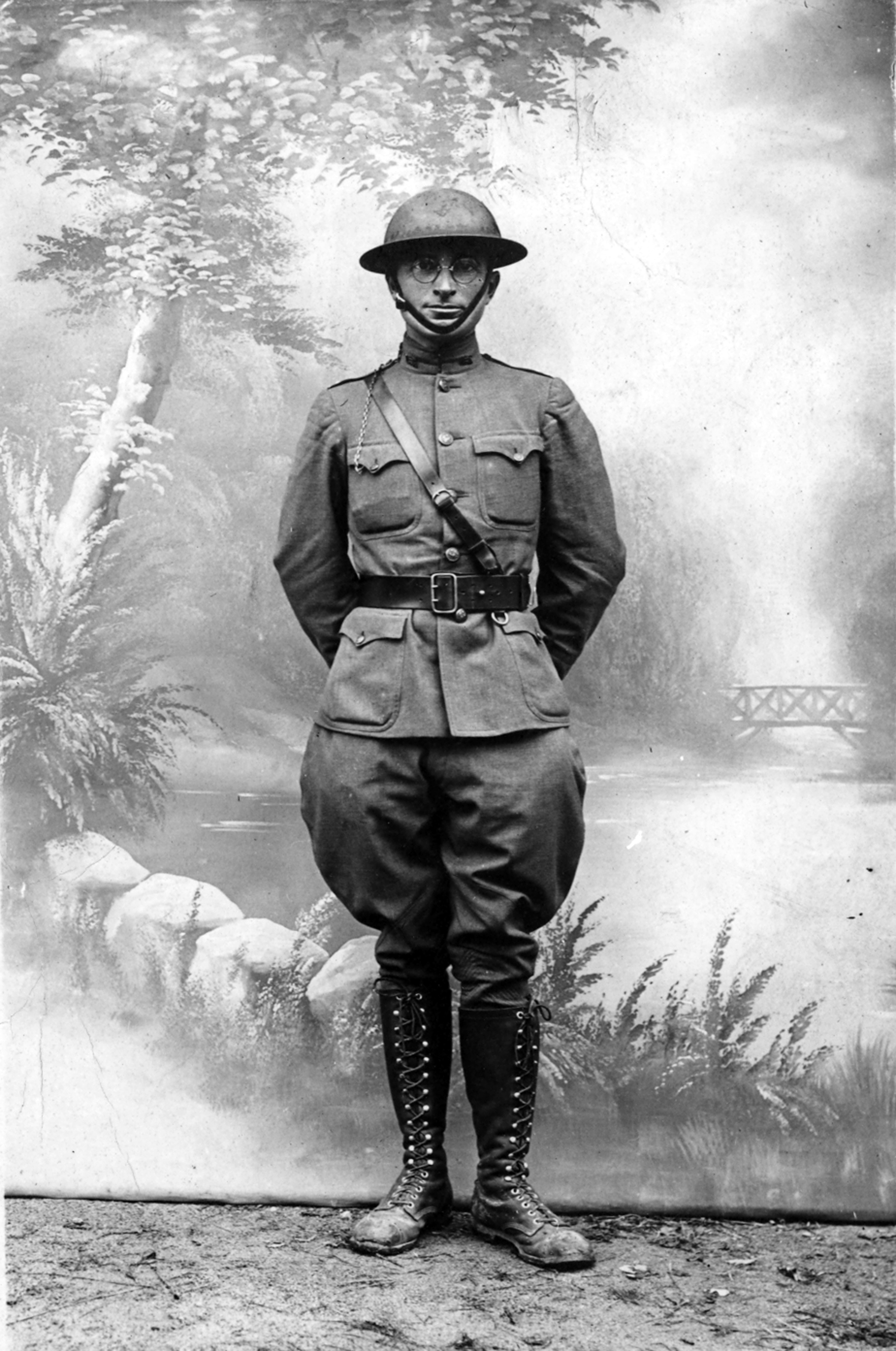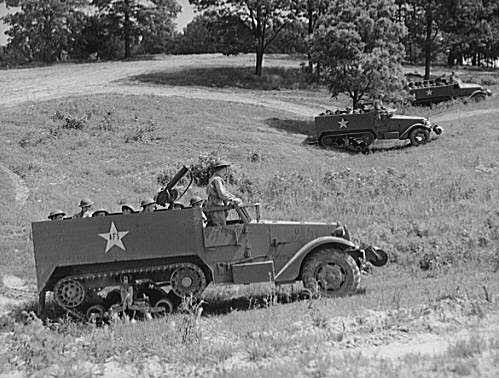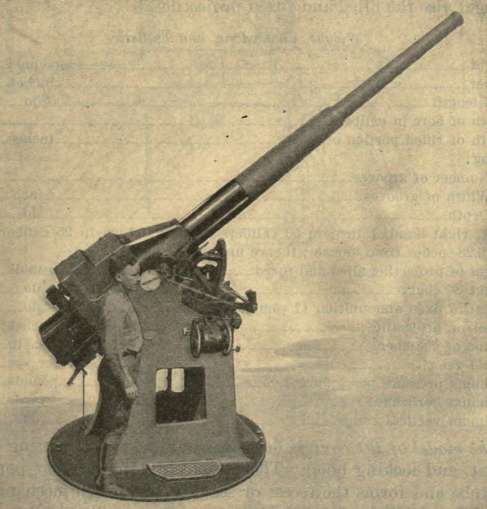|
3in Gun M5
The 3-inch gun M5 was an anti-tank gun developed in the United States during World War II. The gun combined a barrel of the anti-aircraft gun T9 and elements of the 105 mm howitzer M2. The M5 was issued exclusively to the US Army tank destroyer battalions starting in 1943. It saw combat in the Italian Campaign and on the Western Front in Northwest Europe. While the M5 outperformed earlier anti-tank guns in the US service, its effective employment was hindered by its heavy weight and ammunition-related issues. Losses suffered by towed TD battalions in the Battle of the Bulge and the existence of more mobile, better protected alternatives in the form of self-propelled tank destroyers led to gradual removal of the M5 from front line service in 1945. Development and production history In 1940, the US Army just started to receive its first anti-tank gun, the 37 mm gun M3. While it fit the request of the Infantry for light, easy to manhandle anti-tank weapon, Artillery and Ordn ... [...More Info...] [...Related Items...] OR: [Wikipedia] [Google] [Baidu] |
Fort Sam Houston
Fort Sam Houston is a U.S. Army post in San Antonio, Texas. "Fort Sam Houston, TX • About Fort Sam Houston" (overview), US Army, 2007, webpageSH-Army. Known colloquially as "Fort Sam," it is named for the U.S. Senator from Texas, U.S. Representative from Tennessee, Tennessee and Texas governor, and first president of the Republic of Texas, Sam Houston. The installation's missions include serving as the command headquarters for the Fourth United States Army, United States Army North (formerly the Fifth United States Army), United States Army South, the Army Medical Command (MEDCOM) headquarters, the Army Medical Department (AMEDD) Center and School, the Fifth Recruiting Brigade, Navy Regional Recruiting, the San Antonio Military Entrance and Processing Station, and the Medical Education and Training Campus (METC). On October 1, 2010, Fort Sam Houston joined Lackland Air Force Base and Randolph Air Force Base to create Joint Base San Antonio, under Air Force administration. Ho ... [...More Info...] [...Related Items...] OR: [Wikipedia] [Google] [Baidu] |
Field Artillery Branch (United States)
The Field Artillery Branch is a combat arms branch of the United States Army that is responsible for field artillery. Historical background The U.S. Army Field Artillery branch traces its origins to 17 November 1775 when the Continental Congress, unanimously elected Henry Knox "Colonel of the Regiment of Artillery". The regiment formally entered service on 1 January 1776. During the 19th Century a total of seven Artillery regiments were formed which contained a mixture of "heavy" artillery companies and "light" artillery batteries. The light artillery batteries took the role of field artillery although they did not use that designation. The seven artillery regiments were designated as regiments of artillery and were not distinguished as being either "coast" or "field" artillery as was the practice in the 20th Century. In the reorganization of the Army by the Act of 2 February 1901, the seven Artillery regiments were reorganized as the Artillery Corps. The Corps was split into ... [...More Info...] [...Related Items...] OR: [Wikipedia] [Google] [Baidu] |
M3 Halftrack
The M3 half-track was an American armored personnel carrier half-track widely used by the Allies during World War II and in the Cold War. Derived from the M2 half-track car, the M3 was extensively produced, with about 15,000 standard M3s and more than 38,000 variant units manufactured. The M3 was extensively modified with several dozen variant designs produced for different purposes. During World War II, the M3 and its variants were supplied to the U.S. Army and Marines, as well as British Commonwealth and Soviet Red Army forces, serving on all major fronts throughout the war. The M3 and its variants were produced by many manufacturers including Diamond T, White Motor Company, and Autocar. They were adapted for a wide variety of uses, such as a self-propelled anti-aircraft weapon or self-propelled artillery. Although initially unpopular due to its lack of significant armor or a roof to protect the crew from shrapnel, it was used by most of the Allies during the war. In the Cold ... [...More Info...] [...Related Items...] OR: [Wikipedia] [Google] [Baidu] |
Company (military)
A company is a military unit, typically consisting of 80–250 soldiers and usually commanded by a major or a captain. Most companies are formed of three to seven platoons, although the exact number may vary by country, unit type, and structure. Usually several companies are grouped as a battalion or regiment, the latter of which is sometimes formed by several battalions. Occasionally, ''independent'' or ''separate'' companies are organized for special purposes, such as the 1st Air Naval Gunfire Liaison Company or the 3rd Force Reconnaissance Company. These companies are not organic to a battalion or regiment, but rather report directly to a higher level organization such as a Marine Expeditionary Force headquarters (i.e., a corps-level command). Historical background The modern military company became popularized during the reorganization of the Swedish Army in 1631 under King Gustav II Adolph. For administrative purposes, the infantry was divided into companies consist ... [...More Info...] [...Related Items...] OR: [Wikipedia] [Google] [Baidu] |
Tank Destroyer Battalion (United States)
The tank destroyer battalion was a type of military unit used by the United States Army during World War II. The unit was organized in one of two different forms—a towed battalion equipped with anti-tank guns, or a mechanized battalion equipped with armored self-propelled guns. The tank destroyer units were formed in response to the German use of massed formations of armored vehicles units early in WWII. The tank destroyer concept envisioned the battalions acting as independent units that would respond at high speed to large enemy tank attacks. In this role, they would be attached in groups or brigades to corps or armies. In practice, they were usually individually attached to infantry divisions. Over one hundred battalions were formed, of which more than half saw combat service. The force was disbanded shortly after the end of the war when the concept had been shown to be militarily unsound. Development of US tank destroyer doctrine Development In April 1941, a conference ... [...More Info...] [...Related Items...] OR: [Wikipedia] [Google] [Baidu] |
Lesley J
Lesley is a placename, given name and surname, a variant of Leslie that can be male or female name and is ultimately an anglicization of a Scottish (Gaelic) placename. Places * Fort Lesley J. McNair, American army facility * Lesley University, American academic institution People Given name * Lesley Baker (b. 1944), Australian actress * Lesley Bamberger (born 1965/1966), Dutch billionaire, owner of Kroonenberg Groep * Lesley Blanch (1904–2007), British writer and editor * Lesley M. M. Blume, American author * Lesley Turner Bowrey (b. 1942), Australian tennis player * Lesley-Ann Brandt (b. 1981), South African-born actress * Lesley Choyce (b. 1951), American-born writer based in Canada * Lesley Douglas (b. 1963), British radio executive * Lesley-Anne Down (b. 1954), British actress * Lesley Ann Downey (1954–1964), British murder victim * Lesley Duncan (1943–2010), British singer-songwriter * Lesley Dunlop (b. 1956), British actress * Lesley Elliott (other), multipl ... [...More Info...] [...Related Items...] OR: [Wikipedia] [Google] [Baidu] |
3-inch Gun M1918
The 3-inch gun M1918 was a United States 3-inch anti-aircraft gun that entered service in 1918 and served until it was largely superseded by the 3-inch anti-aircraft gun M3 in 1930, though the M1918 remained with some National Guard units until early in World War II. The M3 was subsequently replaced by the M1 90mm AA gun early in World War II, primarily during 1942. The M3 3" gun was later adapted for the anti-tank role, serving as the main armament of the M10 tank destroyer during World War II. The predecessor: 3-inch gun M1917 The 3-inch gun M1917 was the United States Army's first dedicated anti-aircraft gun, entering service during World War I. Only a few were built, as the similar 3-inch gun M1918 on a mobile mount was considered more useful and was produced in large numbers. Development of the M1917 started in 1915, and as the name implies, took two years to enter service. The gun was essentially an unmodified 3-inch M1903 (76.2 mm L/55) coastal-defense gun barrel ... [...More Info...] [...Related Items...] OR: [Wikipedia] [Google] [Baidu] |
Recoil
Recoil (often called knockback, kickback or simply kick) is the rearward thrust generated when a gun is being discharged. In technical terms, the recoil is a result of conservation of momentum, as according to Newton's third law the force required to accelerate something will evoke an equal but opposite reactional force, which means the forward momentum gained by the projectile and exhaust gases (ejectae) will be mathematically balanced out by an equal and opposite momentum exerted back upon the gun. In hand-held small arms, the recoil momentum will be eventually transferred to the ground, but will do so through the body of the shooter hence resulting in a noticeable impulse commonly referred to as a "kick". In heavier mounted guns, such as heavy machine guns or artillery pieces, recoil momentum is transferred to the Earth's surface through the platform on which the weapon is mounted. In order to bring the rearward moving gun to a halt, the momentum acquired by the gun is di ... [...More Info...] [...Related Items...] OR: [Wikipedia] [Google] [Baidu] |
Breechblock
A breechblock (or breech block) is the part of the firearm action that closes the breech of a breech loading weapon (whether small arms or artillery) before or at the moment of firing. It seals the breech and contains the pressure generated by the ignited propellant. Retracting the breechblock allows the chamber to be loaded with a cartridge. Breechblocks are categorised by the type or design of the mechanism by which it is locked or closed for firing. The firearm action more fully refers to the mechanism by which the operator actuates the opening and closing of the breech. Variants A way of closing the breech or chamber is an essential part of any breech-loading weapon or firearm. Perhaps the simplest way of achieving this is a break-action, in which the barrel, forestock and breech pivot on a hinge that joins the front assembly to the rear of the firearm, incorporating the rear of the breech, the butt and usually, the trigger mechanism. A breechblock is a separate compone ... [...More Info...] [...Related Items...] OR: [Wikipedia] [Google] [Baidu] |
Gun Barrel
A gun barrel is a crucial part of gun-type weapons such as small firearms, artillery pieces, and air guns. It is the straight shooting tube, usually made of rigid high-strength metal, through which a contained rapid expansion of high-pressure gas(es) is used to propel a projectile out of the front end ( muzzle) at a high velocity. The hollow interior of the barrel is called the bore, and the diameter of the bore is called its caliber, usually measured in inches or millimetres. The first firearms were made at a time when metallurgy was not advanced enough to cast tubes capable of withstanding the explosive forces of early cannons, so the pipe (often built from staves of metal) needed to be braced periodically along its length for structural reinforcement, producing an appearance somewhat reminiscent of storage barrels being stacked together, hence the English name.''A History of Warfare'' - Keegan, John, Vintage 1993. History Gun barrels are usually metal. However, the e ... [...More Info...] [...Related Items...] OR: [Wikipedia] [Google] [Baidu] |






.jpg)
